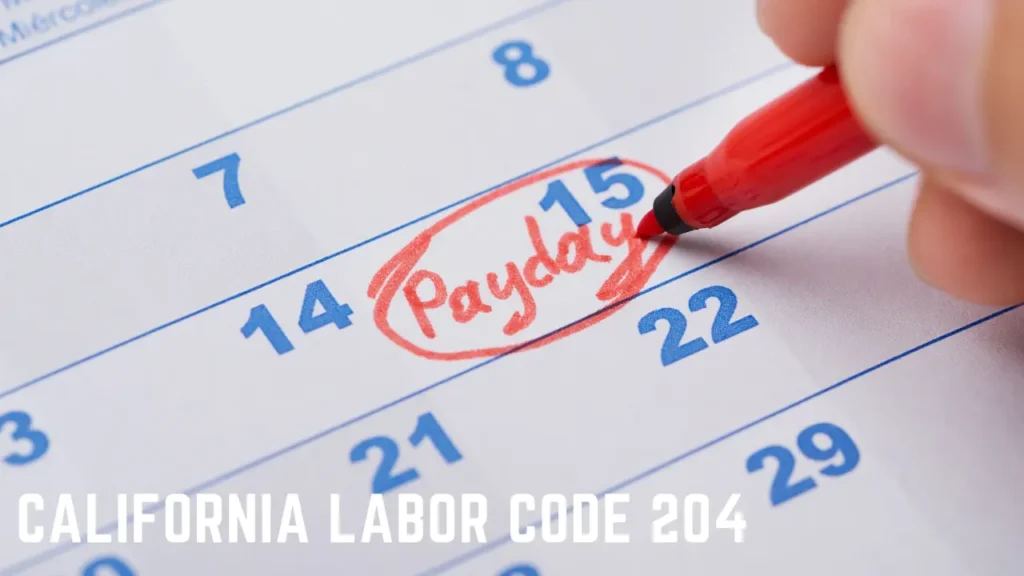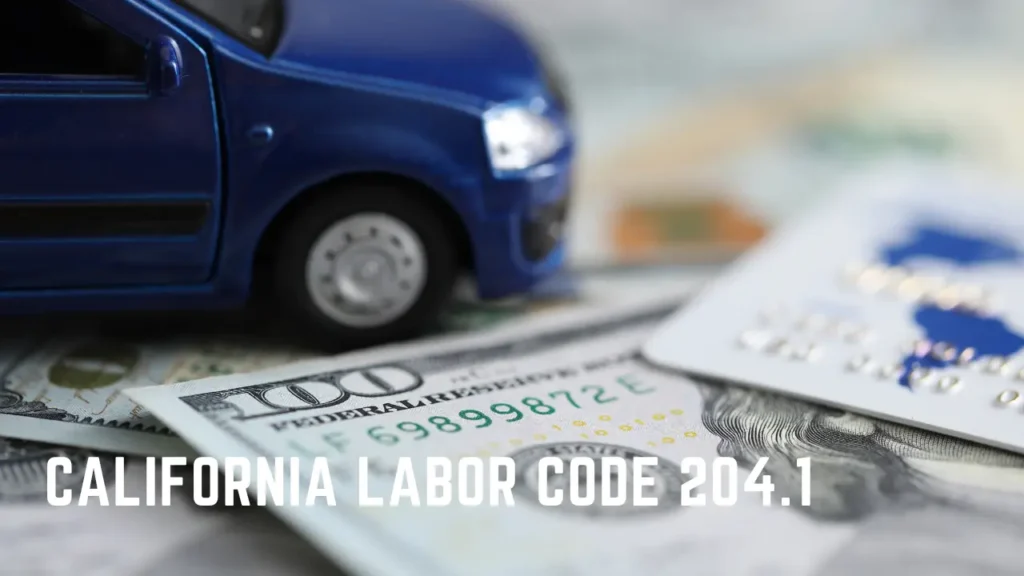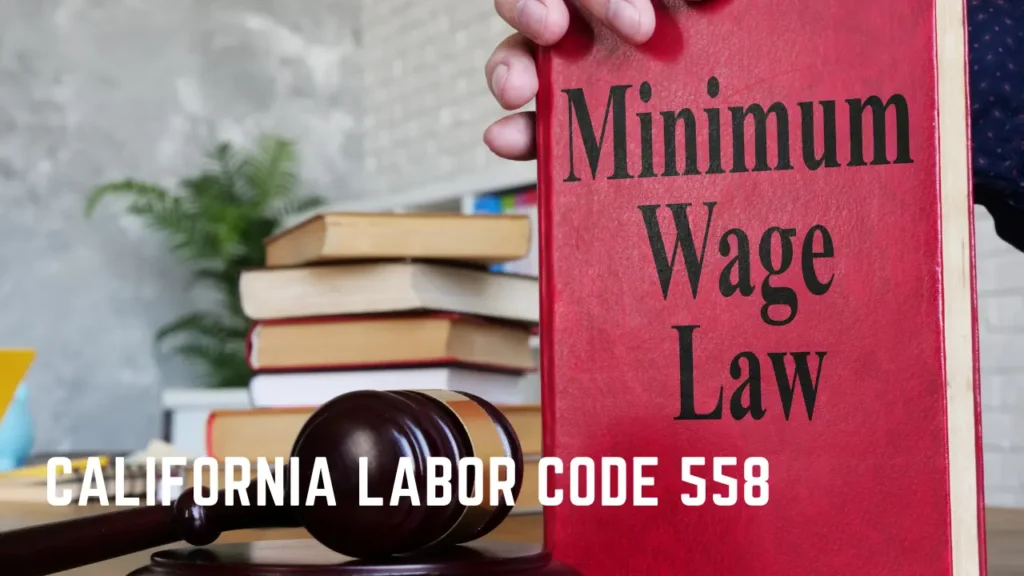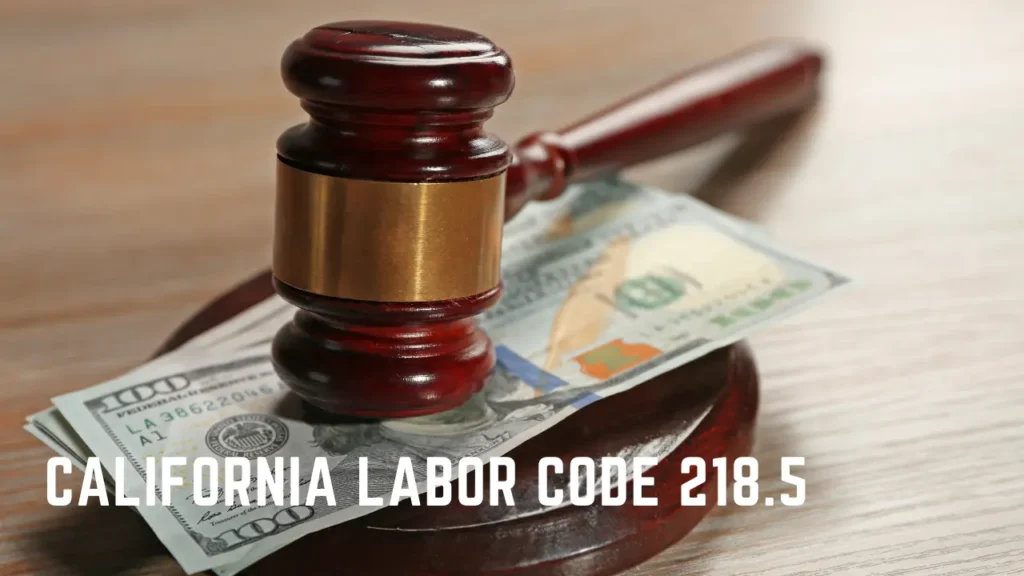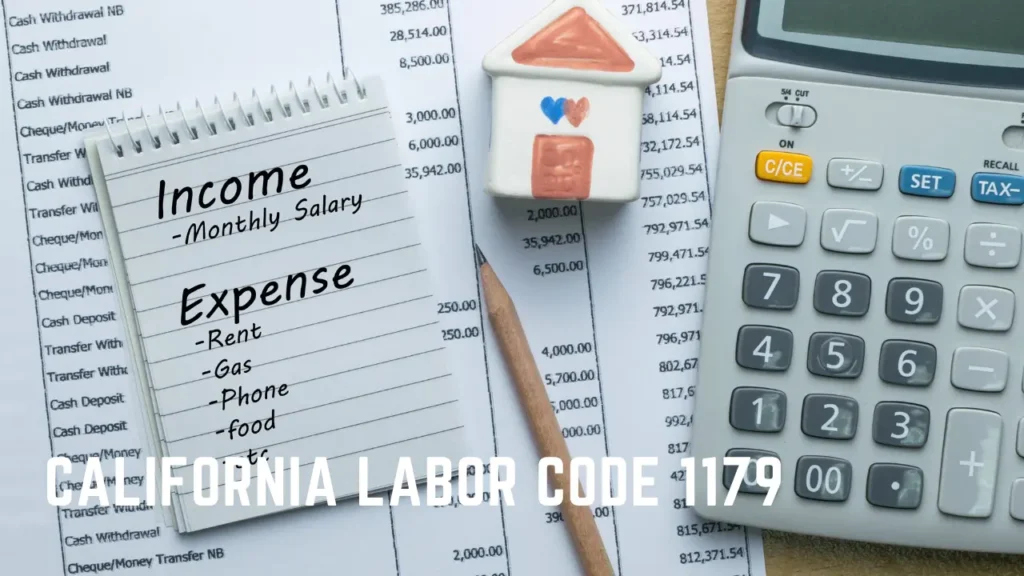Table of Contents
ToggleThe determination of these damages, which may include past and future lost wages, benefits, and even punitive damages, is a vital aspect of such cases that can significantly impact the outcome for both employers and employees.
Moreover, factors like the mitigation of damages and the potential awarding of attorneys’ fees and litigation costs further complicate the scenario.
This makes it imperative to understand the dynamics of these components not only for legal practitioners but also for individuals who might find themselves entangled in such a situation.
As we move forward, we shall untangle these complexities one by one, starting with an analysis of compensatory damages.
Damages for Lost Wages and Benefits in Wrongful Termination
In wrongful termination cases within California, compensatory damages primarily encompass the lost wages and benefits of the terminated employee, calculated based on both past and projected future losses, taking into account variables such as inflation, the individual’s age, and work performance.
This quantification requires careful evaluation and can be complex. It demands an understanding of employment contracts, wage laws, benefits packages, and projected career trajectories.
Furthermore, the assessment of future losses necessitates consideration of potential salary increments, promotions, bonuses, and retirement benefits that the employee would have accrued.
It’s worth noting that the employer may argue for mitigation of these damages, asserting the employee’s duty to seek similar employment following termination.
Thus, calculating compensatory damages is a nuanced process, requiring expertise.
Mitigate damages: What does it mean?
Mitigating damages, a crucial concept in wrongful termination cases, refers to the legal duty of the plaintiff to minimize the financial harm resulting from being terminated by actively seeking and accepting alternative, substantially similar employment. This process involves the proactive pursuit of job opportunities, attending interviews, and accepting job offers that are comparable in pay, benefits, and status to the position from which they were wrongfully terminated.
The plaintiff must demonstrate genuine, good-faith efforts to secure new employment. If they fail to do so, the damages awarded may be reduced. Conversely, the defendant has the onus to prove that the plaintiff did not make reasonable efforts to mitigate damages. This adds another layer of complexity to wrongful termination cases.
Non-economic Damages
While the process of mitigating damages is essential in wrongful termination cases, it’s also necessary to consider non-economic damages, which provide compensation for emotional distress and harm to professional reputation. These damages are difficult to quantify, but they represent real harm suffered by the terminated employee.
Non-economic damages can include the mental anguish associated with the wrongful termination, as well as the potential damage to the individual’s career prospects. Such damages may be awarded in cases involving public policy violations, whistleblower retaliation, and violations of the California WARN Act or the Fair Employment and Housing Act (FEHA). They are not available, however, for wrongful termination cases based solely on contract theory.
The ultimate goal is to properly compensate the victim for all the harm caused by the wrongful termination.
Attorney’s Fees and Litigation Costs
Beyond compensatory and non-economic damages, attorney’s fees and litigation costs are other critical factor to consider in wrongful termination cases. These expenses can significantly affect the net recovery of a wrongfully terminated employee.
- Attorney’s fees: Generally, each party bears their own attorney costs, but in some cases, the court may order the losing party to cover these costs.
- Litigation costs: These include court filing fees, deposition costs, and expert witness fees, among others.
- Fee shifting: In certain circumstances, the prevailing party can recover attorney’s fees and costs from the losing party.
- Contingency fees: Many wrongful termination attorneys work on a contingency basis, only collecting fees if the case is won.
- Fee agreements: The specifics of attorney’s fees should be outlined in a written agreement between the attorney and client.
Punitive Damages
In wrongful termination lawsuits, punitive damages serve as a crucial tool to penalize employers for severe misconduct and deter similar actions in the future. These damages go beyond mere compensation for loss and are intended to punish the employer for egregious violations.
California law allows the award of punitive damages, but only in cases where the employer’s conduct was fraudulent, oppressive, or malicious. The amount of punitive damages awarded depends on the seriousness of the employer’s conduct and the employer’s financial condition. The aim is to inflict enough financial pain to deter the employer and others from engaging in the same unlawful conduct.
It is important to note that punitive damages are not awarded in every case; rather, they are reserved for particularly egregious circumstances.
Conclusion
In conclusion, the landscape of damages in California wrongful termination cases is multifaceted, encompassing loss of wages and benefits, non-economic damages, attorney fees, and punitive damages.
The obligation to mitigate damages underscores the necessity for proactive job searching post-termination.
Understanding these nuances is pivotal for both employers and employees, assisting in the resolution of disputes and the navigation of the complex legal environment of wrongful termination.






